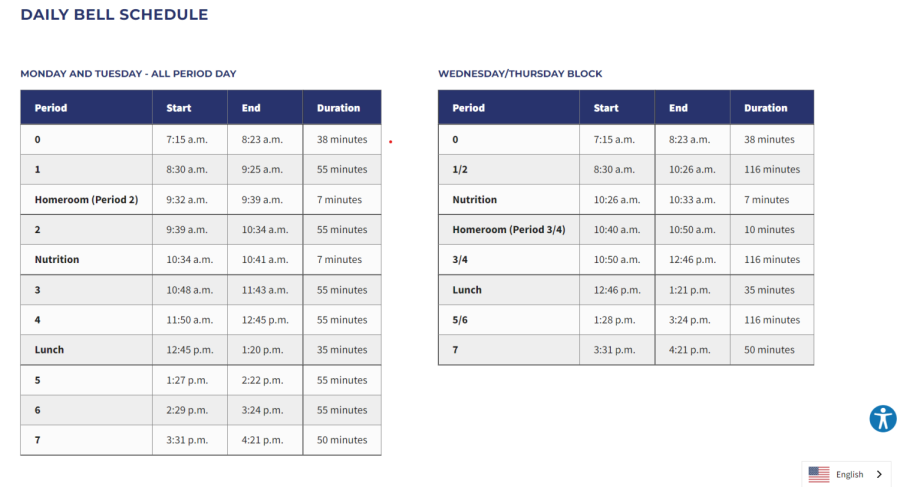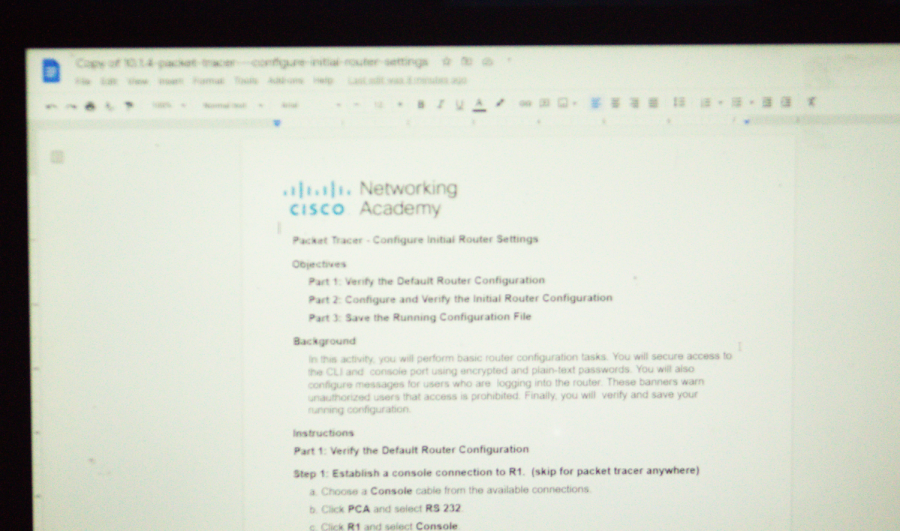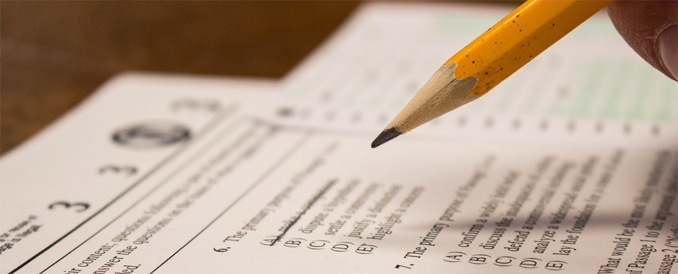By Students, For Students: The Writing Section of the SAT
The writing section of the SAT can be challenging for some students, but here are some tips and tricks to surviving it and coming out with a good score.
The SAT writing section comes after the first break following the reading section.
The writing section contains 44 questions (four passages total with 11 questions), and you are given 35 minutes. Unlike the reading section, you do not need to read the passages before answering some of the questions; in fact, I do not recommended it. Instead, you should do the questions as you read the passage, since most questions test you on the following: Standard English Conventions (20 questions), including sentence structure and conventions of usage/punctuation and the Expression of Ideas (24 questions): includes development, organization, and effective language use.
At face value, you are given roughly 75 seconds to do each question; however, you should spend anywhere between 30-45 seconds per question so you have time to check your work at the end of the section. As a warning, this section is commonly rushed by students, so try to avoid doing so.
Know your grammar rules.
This specific tip is more for before the SAT as you are unable to access your phone or any resources during the test.
While I will not be explaining specifics, you can find a complete guide to the SAT grammar rules here. While you may forget some of the rules, knowing most of the grammar rules, along with what you have learned from your English class, will definitely benefit you.
You should also try to get as much practice as possible with the grammar rules. Practice SAT tests and Khan Academy are great places to begin.
In case you need a quick rundown, you should be able to determine when a sentence is:
- Misplaced (logically in the wrong place).
- Wordiness (reducing redundancy, concision).
- Transitions.
- Combination of sentences through conjunctions and conjunctive adverbs.
- Prepositions (e.g. in, on, that, after, through, etc.) and when to use them.
- Commonly confused words (e.g. affect vs. effect).
- Formal language (should be one of the easier things to detect).
- Punctuation.
- Appositives.
Try to immerse yourself as if you are writing a formal essay.
Often, we use improper grammar when talking. This will most likely influence your thoughts as you’re working on the grammar section. However, chances are, you probably use correct (or near correct) grammar when writing a formal essay. Immerse yourself as if you are writing a formal essay, not as if you are talking to someone else.
Do not overthink.
This is a very common issue that I encountered. I often spend minutes on a single question, thinking about the possible answers. This has always been the one reason why I don’t finish with much-needed extra time.
To combat this issue, I often just go with my gut. Whichever one seems right (in the context of the question) is probably correct. Another thing you can do is process of elimination, getting rid of the answers you know are incorrect, then pick the best one and move on.
After you finish, go back to the first section and read the passage with your corrections.
If you have the extra time, going back and read over your corrections; it will greatly help you as you may be able to find some dumb mistakes. In case I’m unclear, simply go back to the beginning of the Writing & Grammar section and read the passages with your corrections. If something seems wrong, then acknowledge it.
Good luck!

Hi, my name is Edward and I am a junior this year at Cam High. I joined The Stinger to gain new experiences, and I hope to make the best out of this year....

















































































![Senior Ditch Day... Relaxation or Truancy? [Video]](https://achsstinger.com/wp-content/uploads/2017/10/IMG_7119-900x599.jpg)
![Heavy Rain Hits Cam High [video]](https://achsstinger.com/wp-content/uploads/2017/02/maxresdefault-900x506.jpg)



